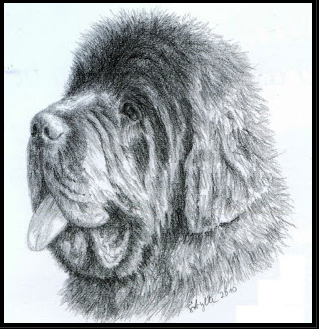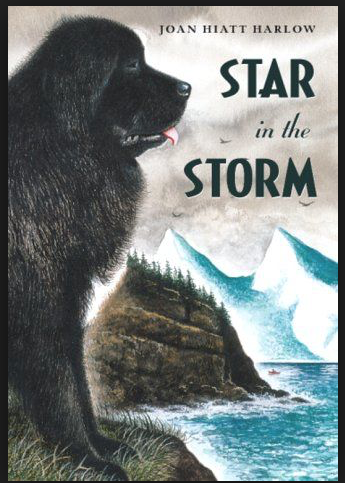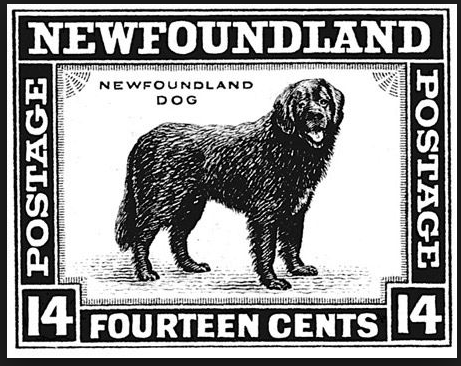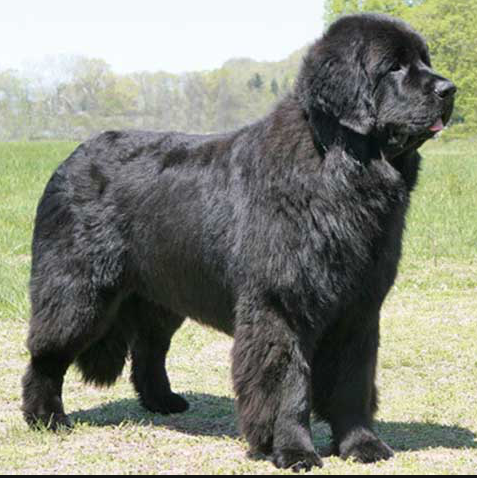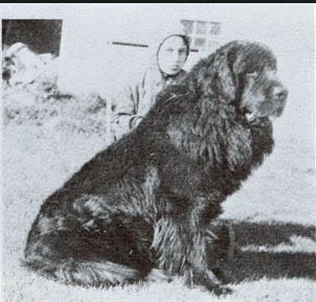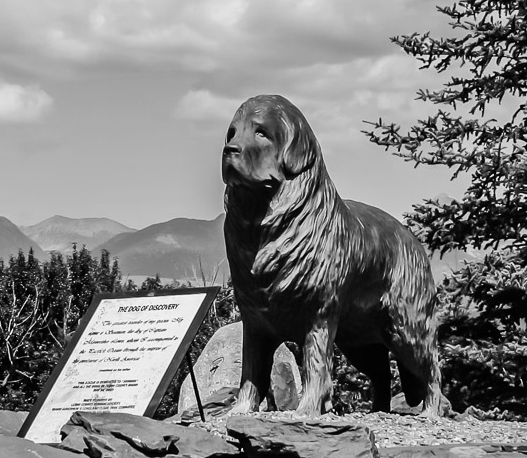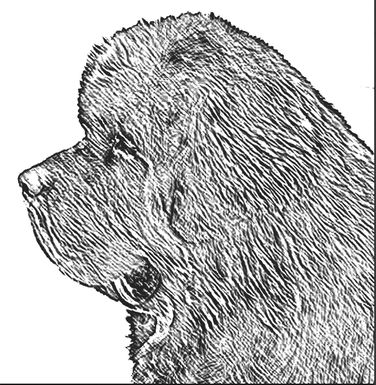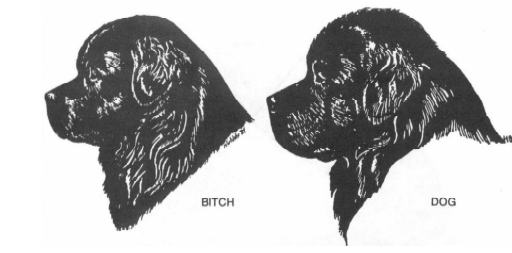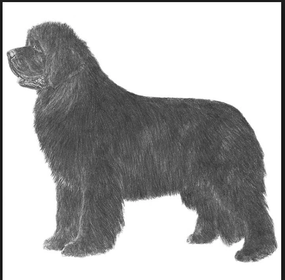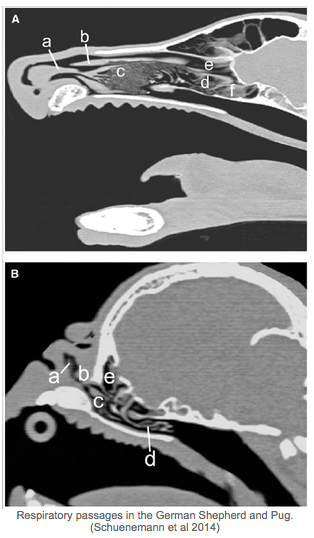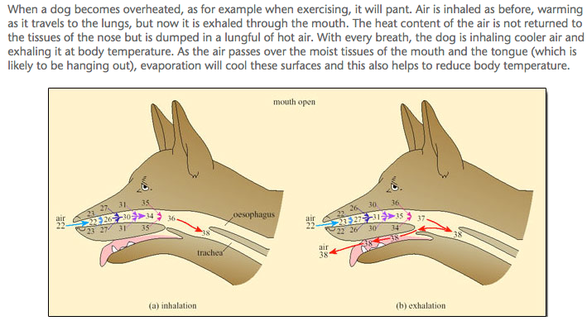After I published this post, I was alerted to this great article (written in 2013!) that makes the same points about the changes in the Newfoundland skull. Clearly this isn't a new issue, so what I want to know is what breeders are doing about it. If nothing, then that's a problem, because these are not changes in cosmetics but alterations of structure that have profound effects on function and health.
A short muzzle on a large, heavy-coated working breed this should be considered a genetic defect by responsible breeders with a commitment to breed for health. If breeders do not see it this way, then there needs to be some oversight by veterinarians and those well-versed in the problems produced by brachycephaly.
What rationale do breeders offer for producing dogs with a head structure that seriously compromises the health and welfare of the animal?
To learn more about the genetics of dogs, check out
ICB's online courses
***************************************
Visit our Facebook Groups
ICB Institute of Canine Biology
...the latest canine news and research
ICB Breeding for the Future
...the science of animal breeding
